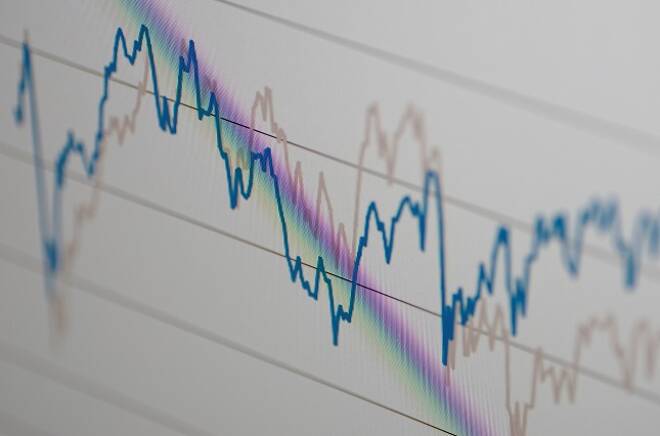Advertisement
Advertisement
Could Foreign Investors Chasing Higher U.S. Rates Be Causing the Inverted Yield Curve?
By:
Asian and European investors chasing the higher yield in the U.S. is what’s driving down yields and causing the inverted yield curve, not expectations of a recession. On Thursday, billionaire Warren Buffett told CNBC that economic growth has lost some steam recently, while adding he is not concerned. Fed Chairman Jerome Powell said on March 20, “We foresee some weakening, but we don’t see a recession.”
The focus for investors this week has been the global economic slowdown and the plunge in Treasury yields, which has led to an inverted yield curve. With the 10-year rate hitting a fresh 2017 low as investors worried economic growth was slowing, the same yield fell below that of the 3-month bill for the first time since 2007 last week. This led to an inverted yield curve which got investors talking about a potential recession.
The fears were driven by numerous outlets included Reuters which said, “The U.S. Treasury yield curve has inverted before each recession in the past 50 years and has only offered a false signal just once in that time.”
CNBC said, “A recent example is when the U.S. Treasury yield curve inverted in late 2005, 2006, and again in 2007 before U.S. equity markets collapsed. The curve also inverted in late 2018.”
All the action is taking place in the Treasury markets. Although the stock market is on pace to finish lower for the week, I can’t find any evidence of selling due to recession fears. The U.S. Dollar Index is in a position to finish the week more than 0.50 percent higher, and gold is trading about 1.77 percent lower. No evidence of a recession there either. At this point I have to say “don’t believe the hype.”
Buffett Speaks
On Thursday, billionaire Warren Buffett told CNBC that economic growth has lost some steam recently, while adding he is not concerned.
“But it does look like it’s slowing down. I don’t mean it’s reversing course, but it does seem from all of the business, especially the railroad statistics” that the economy may be growing at a slower pace, Buffett said. “That doesn’t change anything we do. If there was a flashing red light, if there was a blurring red light, we would keep investing the same way we do.”
Finally he added, “It does look like the pace of increase in the economy has slowed down. I’d call it somewhere close to noticeably, but I wouldn’t go beyond that.”
Buffett’s comments seemed in line with recent remarks by Fed Chairman Jerome Powell who said on March 20, “We foresee some weakening, but we don’t see a recession.”
Goldman Sachs Opinion
Analysts at Goldman Sachs took notice of the scary bond market warning about a recession, and concluded that investors may be watching the wrong indicator.
Goldman Sachs strategists, in a note, said yes, the yield curve has inverted, but in an unusual way, and it’s not sending the same powerful recession signal it has in the past. They pointed out that it is unusual for the 10-year Treasury to the 3-month curve to invert first. They claim the spread between the 10-year and the 2-year note is more important to watch because that’s where the market prices the Fed’s anticipated interest rate moves.
They further added that the slide in the U.S. 10-year yield is likely a response to pressures from the global bond market and not necessarily because of a weakening U.S. economy. In other words, Asian and European investors chasing the higher yield in the U.S. is what’s driving down yields and causing the inverted yield curve, not expectations of a recession.
About the Author
James Hyerczykauthor
James Hyerczyk is a U.S. based seasoned technical analyst and educator with over 40 years of experience in market analysis and trading, specializing in chart patterns and price movement. He is the author of two books on technical analysis and has a background in both futures and stock markets.
Advertisement
